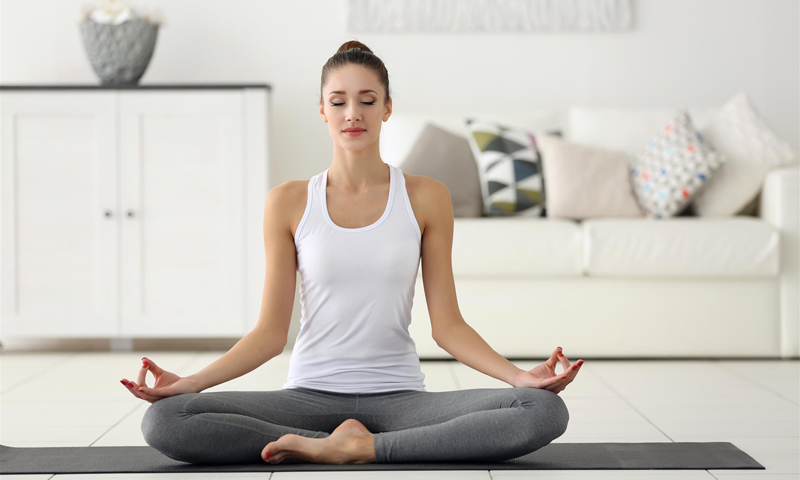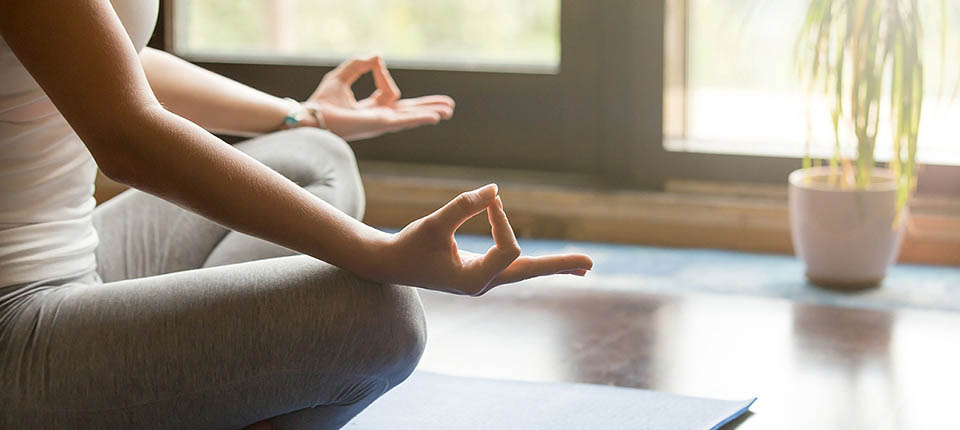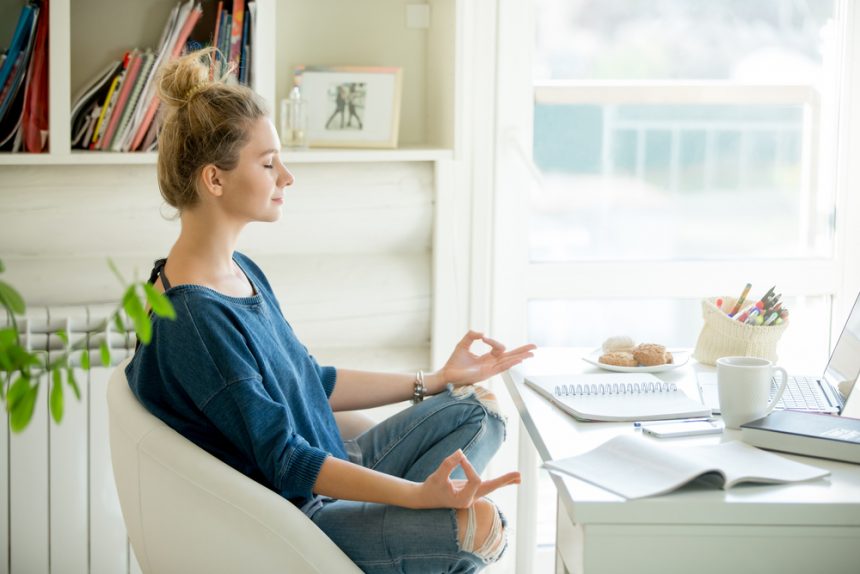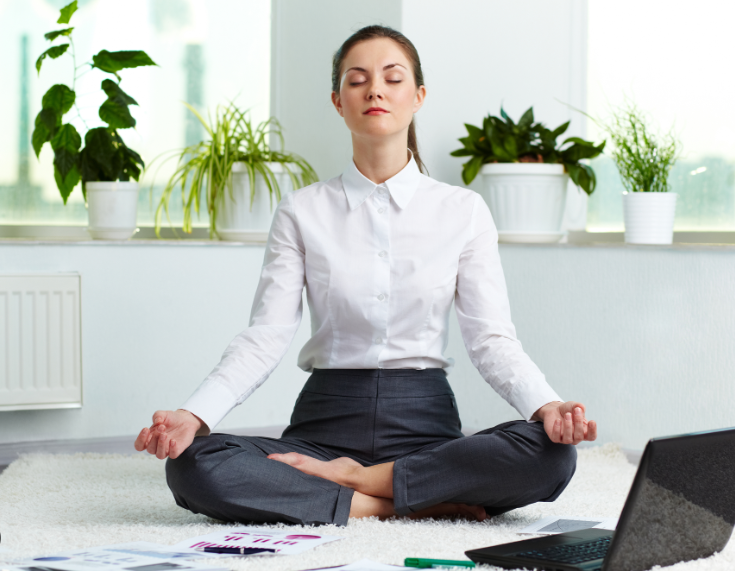
Meditation, a simple technique of peaceful concentration, has been found to help control stress, decrease anxiety, improve cardiovascular health, and achieve a greater capacity for relaxation. The practice requires only a small space away from distraction and takes as little as 10 minutes each time. Most practitioners meditate between 20 -30 minutes each time.
Science has shown that our mind and body can benefit from taking time out of our daily life to shut down and meditate. The benefits of meditation are endless, for one, sinking into deep relaxation will certainly help the practitioner feel centered.

Here are a few simple steps to set you on to your journey. This Mantra Meditation technique is extracted from that taught by the Chopra Centre of Carlsbad, USA. Look them up at http://www.chopra.com for more.
Mantra Meditation Technique

1.Choose your mantra. A mantra is a word or phrase that you silently repeat to yourself during meditation, The purpose of the mantra is to give you something to put your attention on other than your thoughts. You may use any phrase you like. Some people like to use words like Peace or Love You may wish to use the So Hum mantra. This is a commonly used Sanskrit mantra, which literally translates to I am. It is often referred to as the mantra of manifestation. I like using the So Hum mantra because it is not in my native English language and does not trigger any additional thoughts.

2.Find a comfortable place to sit. It’s best to find a quiet location where you won’t b disturbed. There is no need to sit cross-legged on the floor unless that is comfortable for you. You can sit on a chair or sofa or on the floor with your back against a wall. You may support yourself with cushions, pillows, or blankets. The goal is to sit as uprights. As possible while still remaining comfortable. We all have different anatomies and your want your meditation experience to be enjoyable, so make your comfort a priority. Lying on your back is usually not recommended because most people fall asleep in this position, but you can try it if sitting is uncomfortable for you. The most important rule is that meditation can be practiced anywhere, as long as you’re comfortable.

3.Gently close your eyes and begin by taking some deep breaths. Try taking a few cleansing breaths by inhaling slowly through your nose and then exhaling out your mouth. After a few cleansing breaths, continue to breathe at a normal relaxed pace through your nose with your lips gently closed.

4.Begin repeating your mantra silently to yourself without moving your tongue or lips. The repetition of your mantra is soft, gentle, and relaxed. There is no need to force it. The mantra does not need to correlate with the breath, through some people prefer to do so. For example, if using So Hum as your mantra, you could silently repeat so on your inhalation and Hum on your exhalation. If you choose to correlate your mantra with your breath, do not become overly fixated on this. As your meditation continues, allow the breath to fall away into its own rhythm. The repetition of your mantra should be almost effortless. Sometimes it is helpful to imagine that rather than repeating the mantra to yourself, you are actually listening to it being whispered in your ear.

5.Do not try and stop your thoughts or empty your mind. As you continue with this process, you will inevitably fine that you drift away from the mantra. It is human nature for the mind to wander. Do not try and stop your thoughts or empty your mine. Whenever you become aware that your attention has drifted away from your mantra to thoughts or any other distractions, simply return to silently repeating the mantra.


 ខ្មែរ
ខ្មែរ English
English










